
The Food combining diet has been around for decades – some swear by it, others think it’s just another fad dieting programme. My version, which I named Harmonious Food Combining, is less restrictive than the original yet it seems to work just as well. If you want to try it out, please first read the following articles so that you can be ready for the Harmonious Food combining Preparation:
- Food combining(about the original Hay diet)
- Harmonious Food combining
- Harmonious Food combining programme
- Harmonious Food combining chart
- Harmonious Food Combining – pros and cons
Preparations for the Harmonious Food combining Programme
If you want to give this programme a go, it’s important to be well prepared & organised. Here are a few essential and practical things to do and buy:
- Get rid off all shop-bought snacks that are high in sugar and hydrogenated fats.
- Stock up with tinned/jarred food such as chickpeas, chopped & plum tomatoes; passata; coconut milk; roasted red peppers; artichokes; and olives in brine.
- Stock up the freezer with lots of veggies (I mean lots), fish fillets and seafood.
- Buy soured milk products – kefir, live yoghurt, butter, soured-cream, buttermilk. (You might like to invest in a yoghurt/kefir maker to save money in the long term). Also, low-fat white cheeses, such as feta, mozzarella, goat’s cheese should be on your regular shopping list.
- Make regular visits to your local vegetable market to get bulks of cheap, seasonal fruits & veggies. Some of these you can chop up and freeze for later use – some you can use to make “neutral” sauces and vegetable stocks (on busy days these can really help to jazz up both protein and starch meals).
- Stock the larder with: brown rice (short and long grain), porridge oats (gluten-free), nuts &seeds, Besan (gram) flour, buckwheat flour, polenta, brown rice flour, quinoa, coconut & olive oil, cider vinegar, dried herbs & ground spices (the basics: coriander, cumin, cinnamon, turmeric, chilli, paprika, dried oregano, ginger powder).Note:Besan flour is essential, as it can be used for both protein & starch meals.
- Invest in healthy Asian ingredients such as Tamari (Japanese gluten-free) soya sauce, Mirin, Sesame oil, rice wine vinegar, Miso paste, dried seaweed, curry leaves, star anise, bay leaves, cinnamon sticks, dried chilli flakes.
- It’s useful to have the followings in the pantry/fridge/freezer: kaffir lime leaves, organic green/red Thai curry paste, chipotle paste, harissa paste, fresh ginger, bulbs of garlic, chilli peppers and lemongrass.
- Other useful things to have: brown-rice noodles and pasta, organic oatcakes (sugar-free), dried fruits (with no added sugar), sugar-free pure cocoa powder (YES, you can!), mixed-spice, vanilla paste.
- Before you go on this diet it’s worth getting a colonic irrigation treatment and/or a couple of days of a juicing (or veggie soup) detox.
In the next part I’ll help you to plan menus & meals ahead and give you some useful tips to make the programme easy to follow:














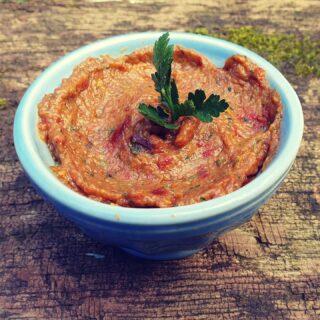



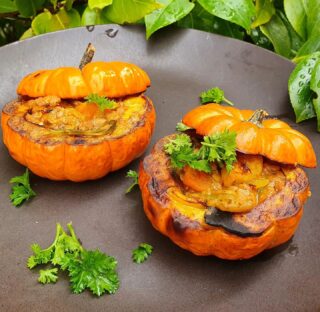
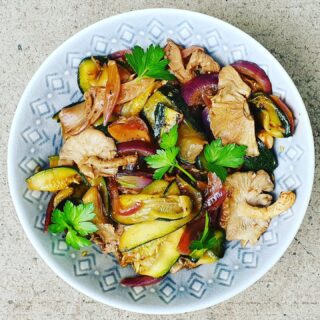
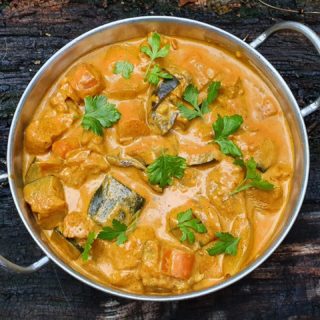
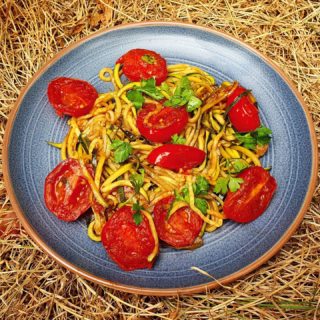
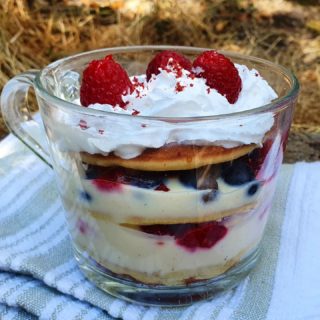

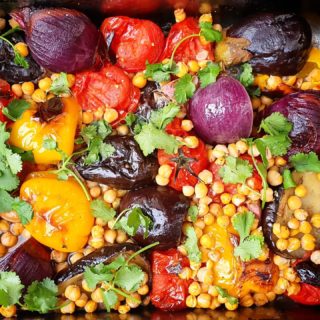
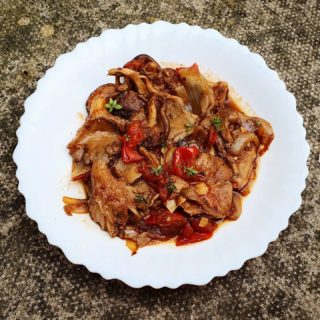

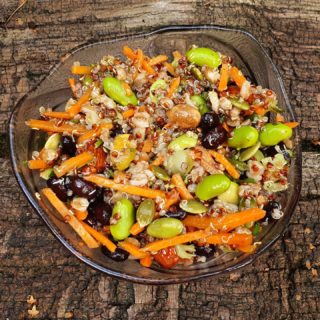
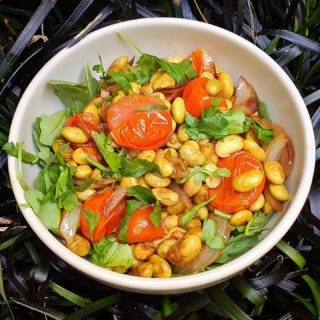

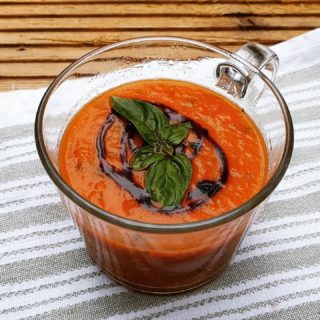


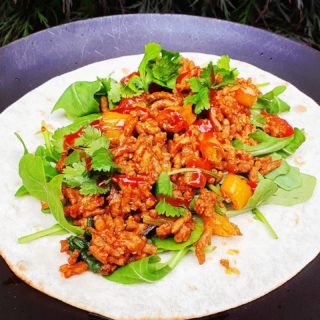
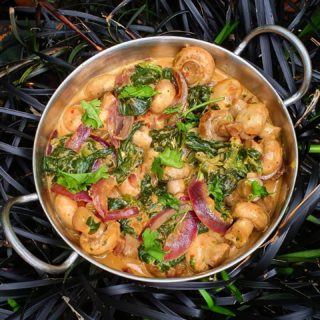
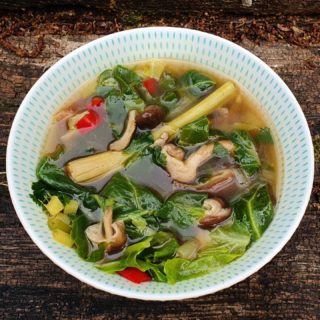
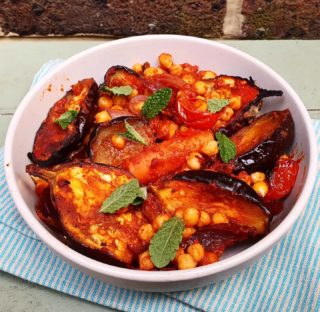
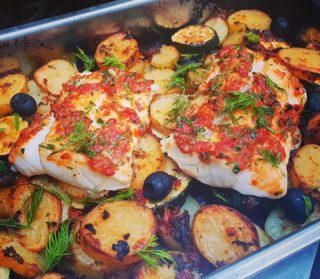
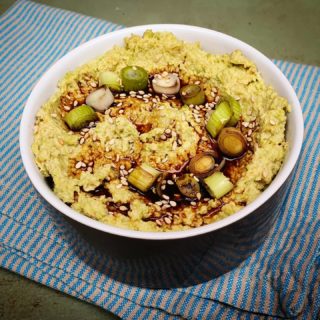



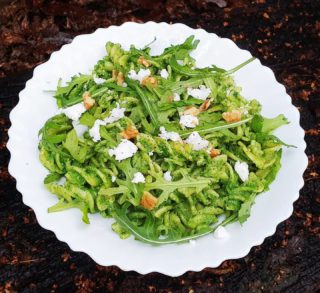
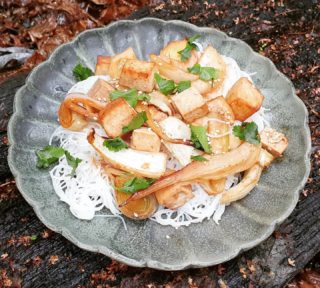
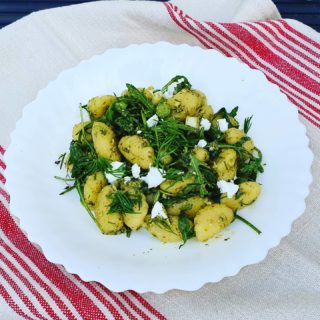


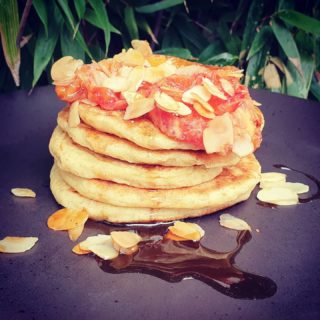
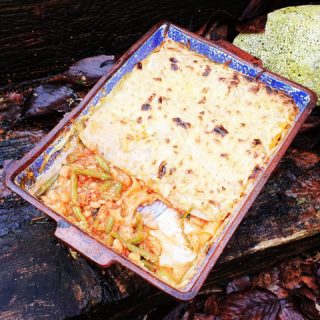

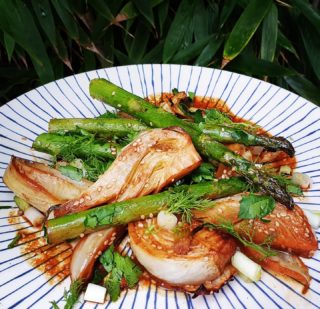
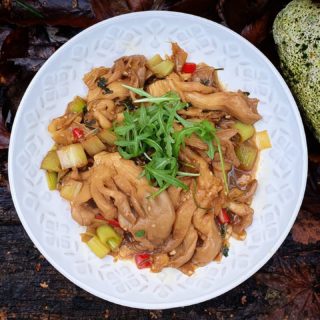
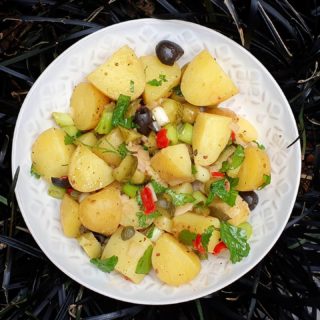

No comments yet.